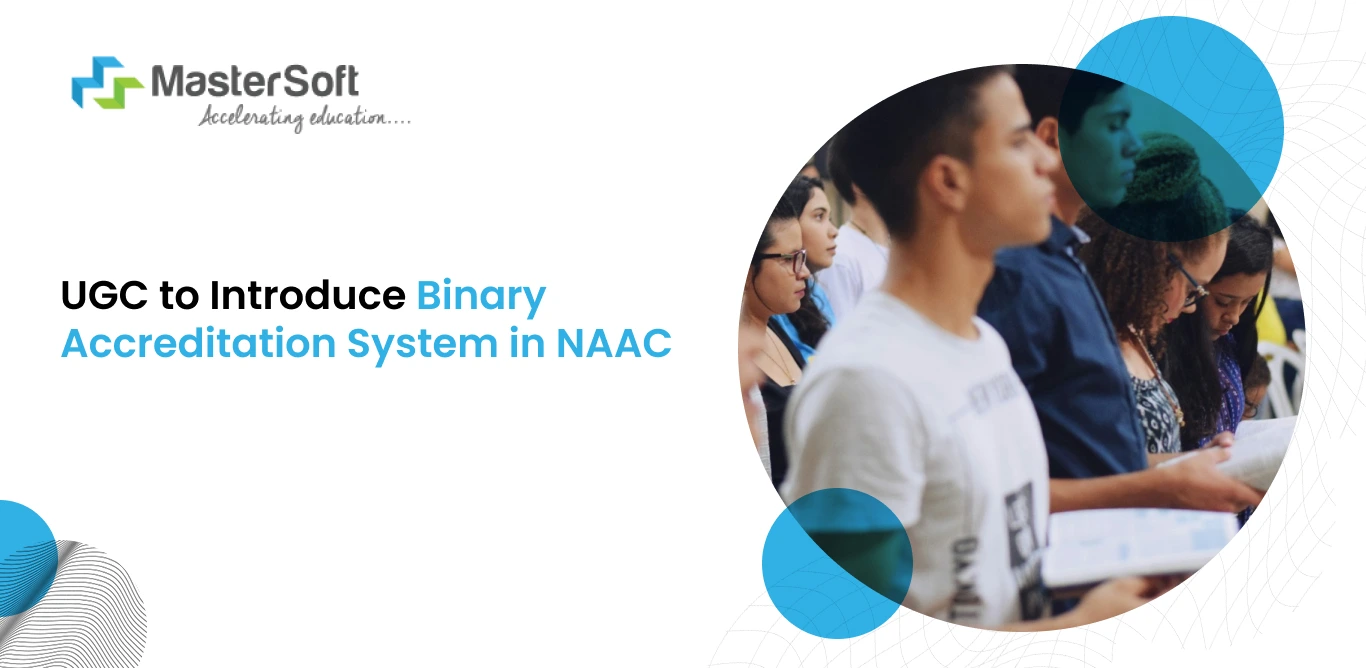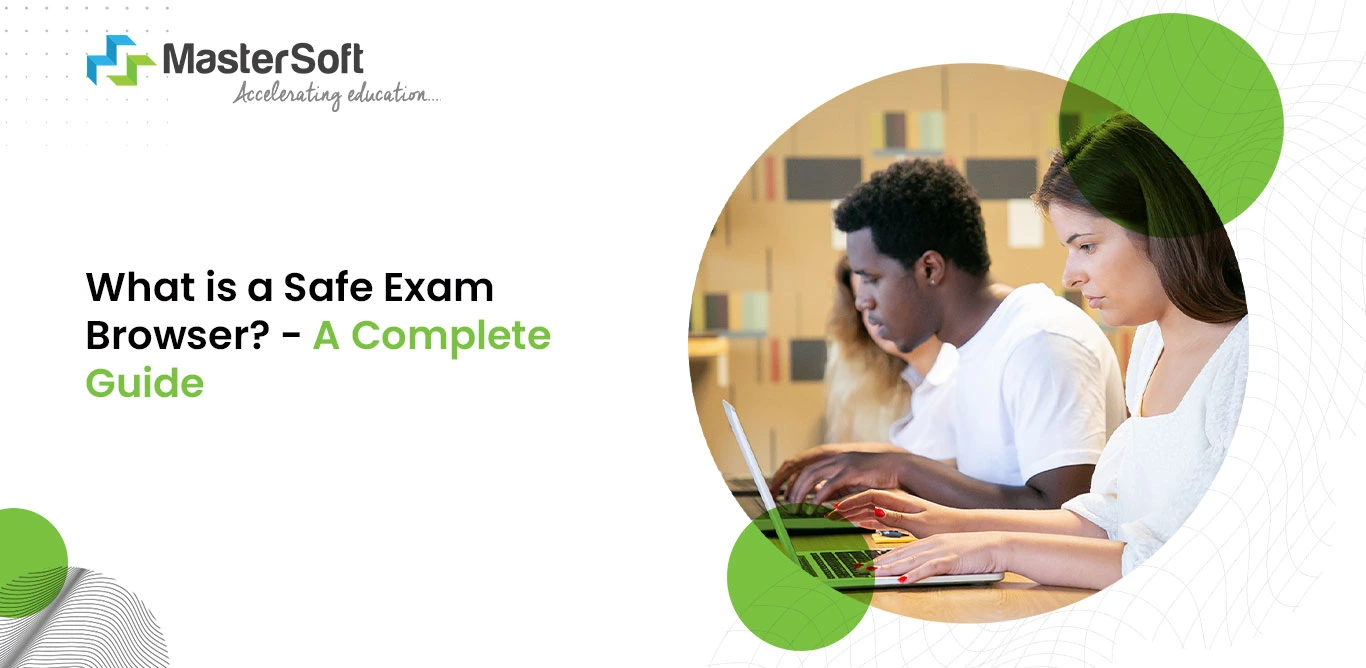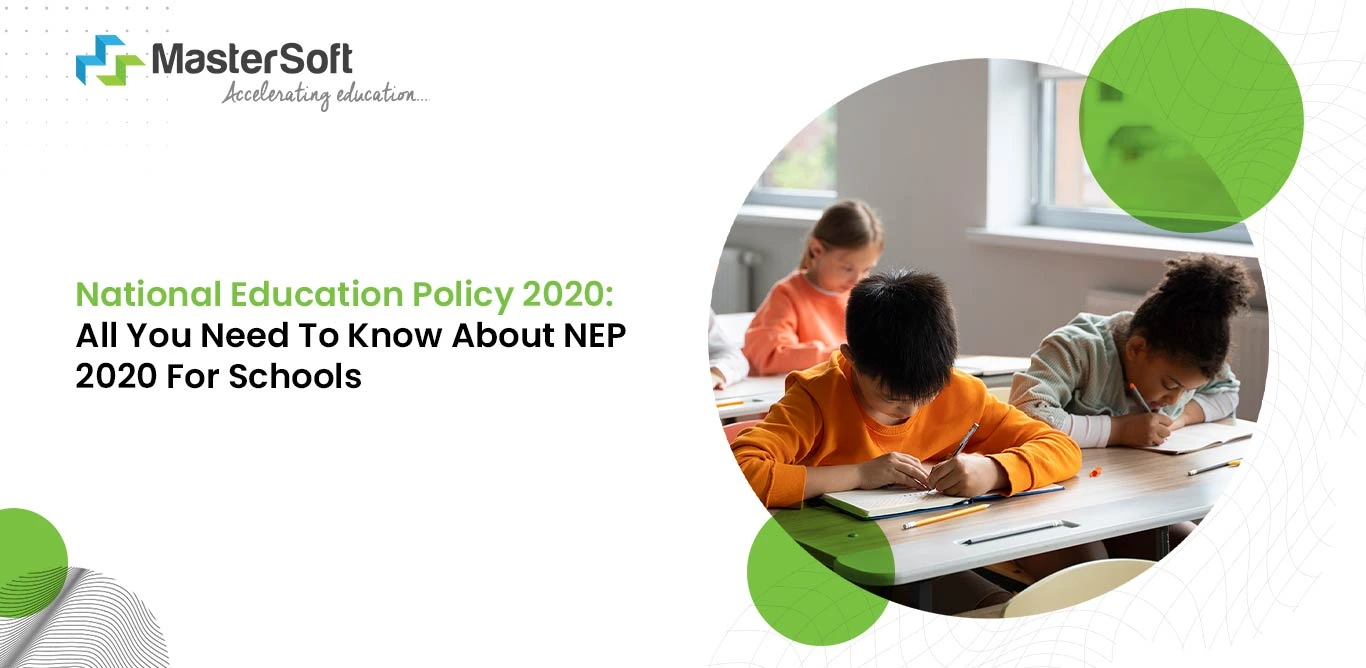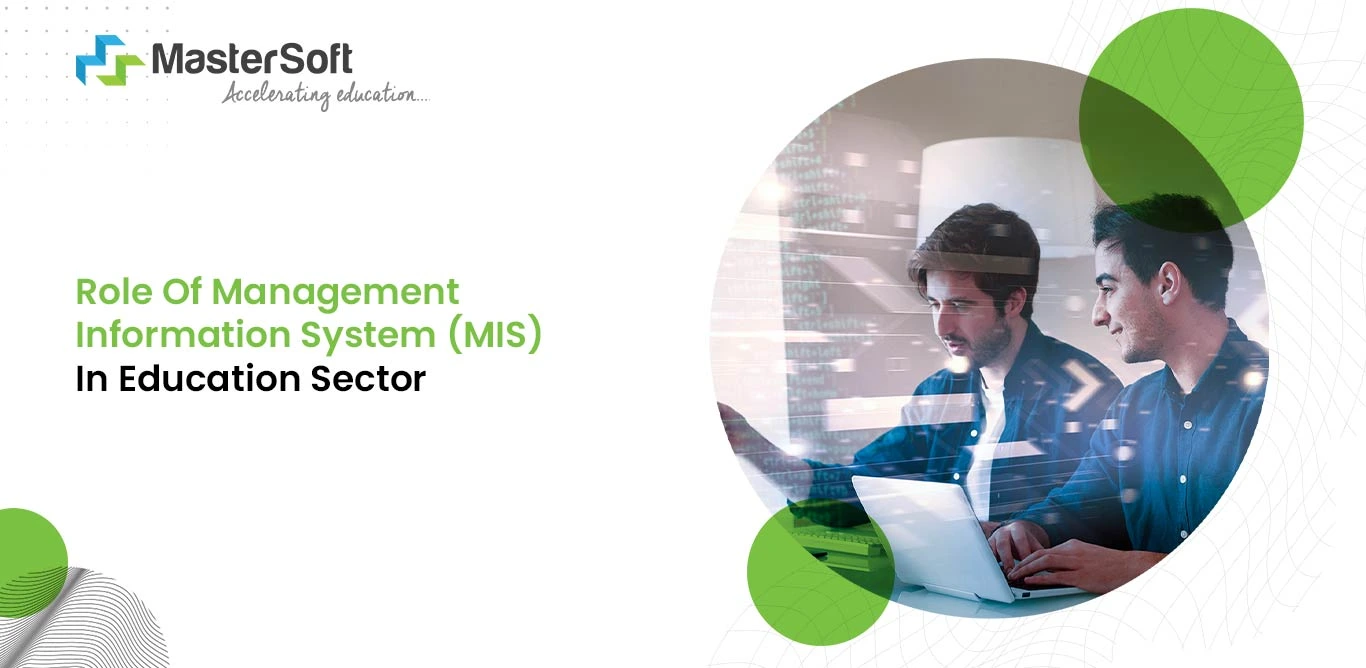22, Feb 2024
India is one of the most culturally, linguistically and geographically diverse countries in the world, therefore it is only fitting for individual languages to get equal recognition. Yet regional languages do not get the same national patronage and respect as the English Language.
Therefore, a crucial step towards changing the status quo is incorporating a multilingual education. It is the institute’s responsibility to implement the process and ensure its efficacy.
What is multilingual education?
An education strategy that uses multiple languages as a medium of instruction and communication in schools/colleges is multilingual education. The aim is to provide students with an inclusive learning environment, where an individual culture and language will get equal representation.
Besides, the research has indicated that students can grasp the understanding of any topic when teachers them in local languages. But is that the only benefit? It has a lot of advantages; thus it is only fitting to take a brief look into its potential.
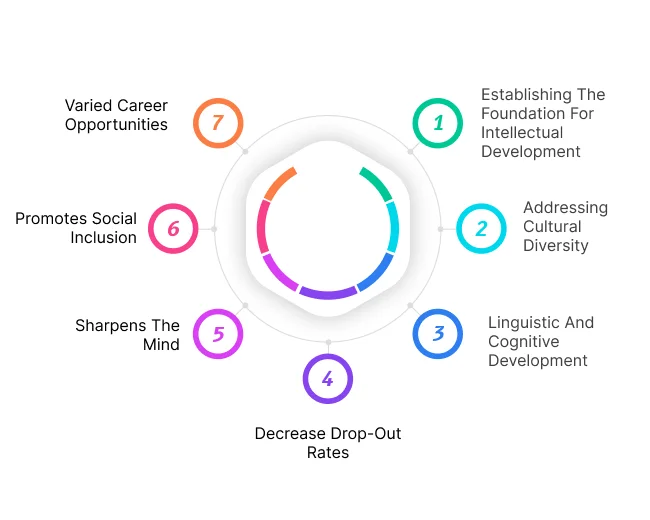
1. Establishing the Foundation for Intellectual Development
The initial school years are crucial because they set the stage for the later academic and personal development of students. Hence, primary and middle school level education must be conducive to addressing individual needs and strengths.
Furthermore, neuroscientific studies suggest that a person’s brain develops more than 85 per cent before the age of six. Also, children develop their cognitive capacities, verbal capabilities, and an increased awareness of their environment.
Therefore, using regional languages as a medium of instruction will enable students to learn and grasp the understanding of topics faster. As a result, it will assist in developing foundational literacy, and numeral capabilities.
It will strengthen the foundation of student’s language skills and gradually introduce other languages as they progress from one level to another.
2. Addressing Cultural Diversity
A single classroom includes students from different socio-cultural backgrounds; therefore, the objective must be to create opportunities for students to share their experiences and traditions. Some of the vital ways to address cultural diversity are through the following ways:
- National textbooks through high-quality textbooks in regional languages.
- In case textbooks are not available in the regional languages of students teachers can include the particular language within the conversation between them and the students in question.
- Teachers can conduct ‘’share your story or culture’’ sessions, giving students the chance to share stories and instances about their culture or tradition.
- By establishing such sessions, teachers can establish a healthy exchange, enabling learners to get a glimpse of the cultures of different states. Consequently, it promotes tolerance and appreciation of individuals from different backgrounds.
3. Linguistic and Cognitive Development
The Indian constitution recognizes 22 official languages under its 5th schedule; however, there are 270 vernacular language speakers. Therefore, NEP 2020 has emphasised the need to make necessary adjustments by the Central and state governments.
One of the vital steps will be to appoint a large number of teachers in all respective regional languages nationwide. Efforts will be made for states to enter into bilateral agreements to hire qualified and competent teachers.
The policy recommends the inclusion of Sanskrit as an option in the three-language formula. Additional classical languages of India which will be available for students include Tamil, Telugu, Malayalam, Kannada, Odia, Pali, Persian and Prakrit.
Learning and speaking multiple languages helps in linguistic and cognitive development; for instance, it will help to retain information, improve memory, and sharpen problem-solving skills.
Multilingual Education: A Comprehensive Guide
4. Decrease Drop-Out Rates
Awkwardness, hesitation, lack of confidence, and inability to integrate into social surroundings are a few of the common issues that many students face. Students belonging to different socioeconomic and cultural backgrounds often face such problems.
Moreover, the teaching and learning environment is not conducive enough to help them, students resort to dropping out. On the other hand, students in marginalised language areas are more likely to drop out due to lack of proper education facilities.
This is where the local or state governing bodies can make a difference by providing the essential support services:
- Provide the local schools with proper infrastructure, including classrooms with necessary teaching materials.
- Recruit qualified teachers who are adept in the marginalised languages and provide professional development services for them. It will help them gain experience in updated methodologies.
- access to safe drinking water and sanitation facilities.
- Availability of basic and advanced tools, such as ERP software, that will help teachers track and monitor individual student's progress
- They can track attendance and performance and identify at-risk students.
5. Sharpens the Mind
Multicultural education must relate to the linguistic realities and the needs of learners and communities. A strategic approach starts with the mother tongue, or native language, of the learners as the medium of instruction.
Teachers can include other languages as subjects or as an additional platform of instruction. Also, implementing a learner-centric approach and interactive pedagogy is key to students’ success.
Furthermore, incorporating valid and fair assessment mechanisms is equally significant to track the student’s ongoing progress. That is where teachers can use an education management system to measure student’s learning outcomes in multiple languages.
Besides, when students learn a new language, it helps to sharpen their minds which is indicative of higher intelligence. They can distinguish between accurate information and misinformation and accordingly make decisions regarding a problem.
What Is Multicultural Education? How To Implement It In The Classroom?
6. Promotes Social Inclusion
India boasts cultural diversity and secularism, yet it has long-standing historic roots in casteism and many kinds of social discrimination. Education plays a key role in illuminating the minds of people and helping to broaden their horizons.
Therefore, multilingual education is integral to ending any prejudice that a person might have against other cultures or traditions due to the following reasons:
- Learning multiple languages can introduce students to various traditions, cultures, values, and perspectives.
- It teaches students to communicate effectively with people from diverse backgrounds.
- It helps to end any kind of personal bias against cultural or religious minorities and promotes socialisation with people irrespective of such factors.
7. Varied Career Opportunities
Language acquisition skill is one of the most in-demand competencies that organisations look for in an individual. Knowing multiple languages opens various avenues and is an effective way to distinguish oneself from others.
For instance, an individual who can speak more than one regional or foreign language is more likely to succeed in various occupations. In fact, multilingual education gives them an extra edge in their job area.
Hence, it is no surprise that the new education policy has also recommended foreign languages in the curriculum. These languages include French, German, Spanish, Korean, Latin, Russian, etc.
Final Thoughts,
Multicultural education is a unique strategy that allows students to help foster cultural exchange between students. It helps to create tolerance, acceptance, and appreciation of diverse cultures, traditions, customs, and languages.
Uncover the integral connection between multilingualism and academic achievement with MasterSoft’s ERP software
Mobile: 08448010216
Email:info@mastersofterp.com





